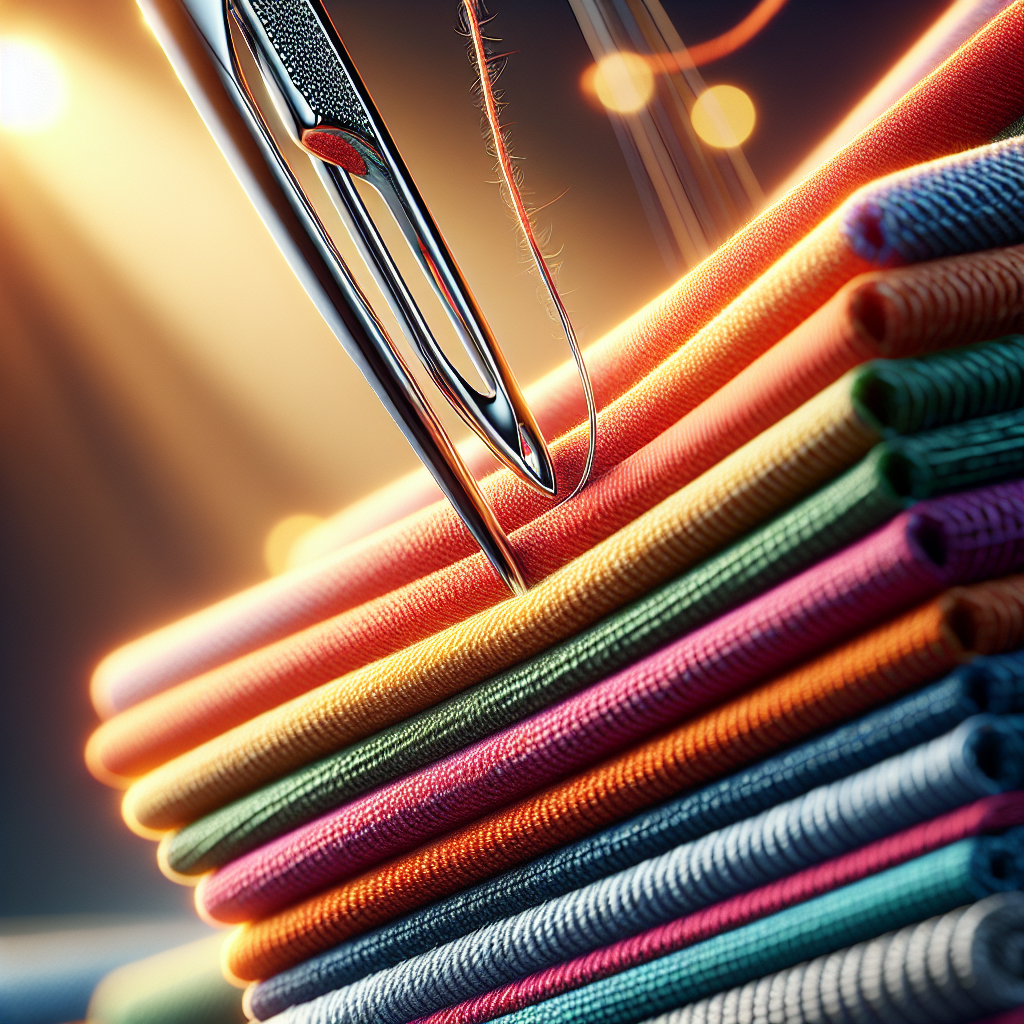In the world of crafting and creativity, sewing has always held a special place. Whether you’re a seasoned seamstress or just beginning your journey into the world of fabrics and threads, understanding the basic principle of sewing is essential. It revolves around the seamless combination of two pieces of fabric by using a needle and thread. This simple act allows us to create beautiful garments, accessories, and home decor items that showcase our individuality and style. So, let’s unravel the mystery and discover the fundamental principle that brings our sewing projects to life.
What is the basic principle of sewing?
Sewing is a centuries-old craft that involves joining pieces of fabric together using various stitches and techniques. The basic principle of sewing revolves around creating strong and secure connections between fabric layers to form a garment or textile item. Through careful manipulation of the fabric, coordinating the use of appropriate tools and equipment, and employing effective sewing techniques, you can transform pieces of fabric into beautiful, functional creations.
Understanding Sewing
To grasp the basic principle of sewing, it’s important to have a solid understanding of the fundamental aspects of this craft. Sewing involves using a needle and thread to bring fabric pieces together, employing various stitching techniques and methods to secure the fabric in place. Whether you’re a beginner or an experienced seamstress, having a clear understanding of sewing terminology, techniques, and best practices will enable you to produce high-quality, professional-looking sewing projects.
Sewing Equipment
Before embarking on a sewing project, it’s essential to familiarize yourself with the necessary sewing equipment. The key tools you’ll need include a sewing machine, needles, pins, fabric scissors, measuring tape, marking tools, and an iron. Each of these tools plays a crucial role in the sewing process and ensures that your projects are accurately measured, cut, stitched, and pressed.
Choosing the Right Fabric
Selecting suitable fabric is vital in sewing projects. The type of fabric you choose can greatly affect the outcome and durability of your creation. Consider factors such as the project’s purpose, desired drape, and care requirements when choosing fabric. Different fabrics have different properties, such as stretch, weight, and texture. Understanding these properties and selecting the fabric accordingly will result in a successful sewing project.
Preparing the Fabric
Before you can begin sewing, it’s crucial to properly prepare your fabric. This involves steps like washing and ironing to ensure the fabric is clean, straight, and free from any shrinkage. Additionally, you may need to interface or stabilize certain areas of the fabric to provide structure and support. By preparing your fabric correctly, you can ensure that your sewing project is not only visually appealing but also long-lasting.
Understanding Threads and Needles
Threads and needles are key components of sewing. There are various types of threads available, each designed for specific purposes. It’s essential to match the thread to your fabric and project requirements, taking factors such as strength, color, and fiber content into consideration. Additionally, using the appropriate needle for your machine and fabric will ensure the stitches are formed correctly and that the fabric is not damaged.
Threading the Machine
Threading the sewing machine correctly is crucial for the machine to stitch properly. Begin by identifying the different parts of the machine involved in the threading process, such as the spool pin, tension discs, and needle. Follow the machine’s manual or instructional guides to ensure you thread the machine correctly, as improper threading can lead to issues like skipped stitches or thread breakage.
Setting the Stitch Length and Width
Adjusting the stitch length and width on your sewing machine is essential for achieving the desired look and functionality of your sewing project. Longer stitches are suitable for basting or gathering fabric, while shorter stitches are ideal for securing seams or creating intricate details. Similarly, adjusting the stitch width allows for the creation of decorative stitches or zigzag stitches for seam finishing. Take into account the fabric type and the purpose of your sewing project when determining the appropriate stitch settings.
Basic Sewing Techniques
There are several basic sewing techniques that form the foundation of sewing projects. These include straight stitching, backstitching, edge finishing, seam allowances, and topstitching. Straight stitching is the most common type of sewing stitch used, typically used for joining seams. Backstitching secures the beginning and end of stitches to prevent unraveling. Edge finishing prevents fraying of fabric edges. Seam allowances determine how much fabric is folded under and stitched, while topstitching adds decorative or functional stitching along the fabric’s surface.
Understanding Seam Allowances
Seam allowances refer to the amount of fabric between the stitching line and the fabric’s raw edge. These allowances provide space for folding, pressing, and finishing the seams. Different sewing projects and patterns may require different seam allowances, so it’s important to understand and follow the seam allowances specified in the instructions. Properly accounting for seam allowances will ensure that your finished piece looks polished and fits as intended.
Finishing Techniques
After completing the main construction of a sewing project, utilizing finishing techniques is crucial to achieve a professional and polished look. Common finishing techniques include pressing seams open or to the side, serging or zigzag stitching the raw edges of fabric, and adding hems or facings. These techniques not only enhance the appearance of your sewing project but also improve its durability and overall quality.
By understanding and practicing these fundamental principles of sewing, you can embark on successful sewing projects with confidence. Remember to take your time, follow best practices, and enjoy the creative process as you transform pieces of fabric into beautiful garments or textile items. Happy sewing!

